PPR (Polypropylene Random Copolymer) pipe fittings have gained significant popularity for use in heating systems due to their durability, temperature resistance, and ease of installation. As energy-efficient and cost-effective heating solutions continue to be a priority, more residential and commercial projects turn to PPR fittings for reliable performance. Their design and material properties make them ideal for handling the challenges that heating systems present, including high temperatures and constant water flow.
1. Temperature Resistance in Heating Systems
One of the main reasons PPR pipe fittings work so well in heating systems is their high-temperature resistance. PPR fittings can withstand temperatures up to 95°C, which is more than sufficient for most underfloor heating, radiator, and central heating applications. Many heating systems require durable materials that can manage consistent exposure to hot water without degrading, warping, or breaking down.
This temperature tolerance also contributes to the long-term performance of heating systems that use PPR fittings. The fittings maintain their structural integrity, even after years of exposure to heated water, ensuring that homeowners and building operators can rely on them for long-term efficiency. Since heating systems operate continuously during colder months, PPR fittings prevent issues like leaks or ruptures that could compromise the entire system.
2. Excellent Pressure Handling Capabilities
PPR pipe fittings manage high pressure with ease, making them suitable for both low and high-pressure heating systems. In systems like central heating, where water pressure may fluctuate, PPR fittings ensure consistent flow and minimize the risk of pipe failure. The molecular structure of PPR provides a strong foundation to handle pressure levels common in underfloor heating systems, radiator circuits, and boiler connections.
In some heating applications, particularly in multi-story buildings or extensive radiant heating systems, water pressure changes can create stress on pipes and fittings. PPR fittings can manage these fluctuations without cracking or leaking, which preserves the integrity of the entire system. For homeowners and installers alike, this reliability translates to fewer repairs and longer-lasting systems, contributing to overall system efficiency.
3. Insulation Properties for Energy Efficiency
PPR pipe fittings play an important role in improving the energy efficiency of heating systems. PPR, as a material, offers excellent insulation properties, which minimize heat loss as hot water circulates through the system. By reducing heat loss, PPR fittings contribute to energy savings, allowing heating systems to operate more efficiently and reducing the overall energy consumption of a home or building.
In underfloor heating systems, where heat must transfer evenly across large surfaces, the insulation provided by PPR pipe fittings ensures that the maximum amount of energy goes into heating the space rather than being lost through the piping. This improved efficiency can lower energy costs for homeowners and building managers, while also contributing to environmental sustainability by reducing the system’s carbon footprint.
4. Corrosion Resistance for Long-Term Durability
Unlike metal piping systems, PPR pipe fittings do not corrode, making them ideal for heating systems exposed to moisture and varying temperatures. In heating systems, corrosion presents a significant challenge, as it can reduce water flow, create weak points in the piping system, and lead to leaks. Corrosion-resistant PPR pipe fittings eliminate these concerns, ensuring that the system functions smoothly over time.
In areas where water quality is an issue, such as regions with hard water or where chemical additives are used, PPR fittings remain unaffected. This resilience extends the lifespan of the heating system and reduces maintenance costs since corrosion-related problems are avoided. Homeowners can trust PPR fittings to maintain their effectiveness in heating systems without the degradation that typically affects metal components.
5. Safe and Non-Toxic for Residential and Commercial Use
The non-toxic nature of PPR pipe fittings makes them a safe option for residential heating systems, particularly when the system interacts with potable water supplies. In heating systems where water may be used for dual purposes—such as radiant heating and domestic water supply—PPR’s non-toxic properties prevent any harmful chemicals from leaching into the water supply.
For homeowners and building operators, the safety provided by PPR fittings adds peace of mind. These fittings do not introduce any contaminants into the water, ensuring that both heating and water supply systems operate in a hygienic manner. PPR pipe fittings also comply with various international health and safety standards, further establishing them as a trusted solution in residential and commercial heating applications.
6. Easy Installation Through Heat Fusion
PPR pipe fittings stand out for their easy and efficient installation. Installers use a method called heat fusion to join PPR pipes and fittings, creating a permanent and leak-proof bond. This process involves heating the pipe and fitting ends, then connecting them to form a seamless joint. Heat fusion ensures that the joint is as strong as the original material, eliminating weak points where leaks might occur in traditional systems.
The simplicity and speed of installation make PPR pipe fittings a cost-effective solution for heating systems, whether in new construction or retrofitting existing buildings. The heat fusion process requires no adhesives or chemical bonding agents, reducing the time needed for installation and minimizing potential installation errors. This ease of installation also ensures that the system remains leak-free and low maintenance.
7. Flexibility and Adaptability for Various Heating Applications
PPR pipe fittings can adapt to various heating system designs, making them versatile in both residential and commercial settings. In radiant floor heating systems, for instance, PPR fittings connect easily to the network of pipes running under the floor, providing a reliable means of distributing heated water evenly throughout the system. The flexibility of PPR materials allows for smooth installation, even in complex pipe layouts.
In more traditional radiator heating systems, PPR fittings connect well with boilers, radiators, and other components of the system. Their resistance to high temperatures and pressure ensures that the system works efficiently while maintaining low energy costs. Whether the heating system relies on centralized boilers, distributed heat sources, or a mix of technologies, PPR fittings offer a versatile and reliable solution.
8. Cost-Effective and Low Maintenance
While PPR pipe fittings offer several performance benefits, they also provide significant cost savings over time. Initially, the installation costs of PPR systems are competitive with other materials, but the long-term savings stand out due to the low maintenance requirements and durability of the material. The absence of corrosion, scaling, and joint leaks means that heating systems with PPR fittings require minimal upkeep over their lifespan.
Additionally, the energy-saving properties of PPR systems result in lower utility bills for heating, as the fittings reduce heat loss and ensure that the system operates efficiently. Homeowners and building managers benefit from fewer repair costs, as PPR fittings resist common causes of failure like leaks and corrosion. This cost-effectiveness makes PPR fittings a smart choice for long-term heating solutions.
9. Eco-Friendly and Sustainable Materials
Sustainability has become a key consideration in modern construction projects, and PPR pipe fittings support these eco-friendly goals. PPR is a fully recyclable material, and its long service life reduces the need for frequent replacements, minimizing waste. When a PPR heating system reaches the end of its lifespan, the materials can be recycled and reused, supporting circular economy practices.
The energy efficiency of PPR pipe fittings also contributes to sustainability. By reducing heat loss and enhancing the overall efficiency of heating systems, PPR fittings help reduce energy consumption, lowering the building’s carbon footprint. For homeowners and businesses seeking to reduce their environmental impact, choosing PPR fittings for heating systems aligns with these objectives.
10. Noise Reduction and Comfort in Heating Systems
PPR pipe fittings also provide an added comfort benefit in heating systems by reducing noise. In many heating systems, the movement of water through the pipes can generate noise, particularly in metal piping. PPR’s inherent flexibility and sound-dampening properties reduce the noise generated by water flow, creating a quieter indoor environment.
For homes with underfloor heating systems or radiant heat panels, this reduction in noise enhances the overall comfort and enjoyment of the living space. The quieter operation of the heating system can make a significant difference, especially in multi-unit residential buildings or large homes where the heating system runs constantly during colder months.
Top 5 PPR Pipe Fittings Manufacturers
| Company | Headquarter/Location | Founded |
| IFAN | ZhuJi,China | 1993 |
| Pntek | NingBo,China | 2011 |
| Inline Plastics, Inc. | California, America | 1996 |
| K. Jabat, Inc. | New Jersey,America | 1973 |
| Speed Field Services | Texas, America | 1973 |
IFAN International Standard on PPR Pipe Fittings
IFAN adheres to a range of international and national standards to ensure the quality and performance of its products. These include the ISO 15874 Series standards and EN 15874 Series standards, which define the requirements for piping systems made of polypropylene (PP). Additionally, IFAN complies with ASTM F2389 for polypropylene pipe fittings, DIN 8077/8078 standards for polypropylene pipes, and the GB/T 18742 Series standards, which apply to piping systems in China. Furthermore, IFAN meets the Brazilian NBR 15884 standards for thermoplastic pipes and fittings used in hot and cold water systems.
Conclusion
PPR pipe fittings offer an ideal solution for heating systems, combining durability, temperature resistance, and energy efficiency. With their ability to handle high temperatures, resist corrosion, and reduce heat loss, PPR fittings contribute to the overall effectiveness and sustainability of modern heating systems. Their ease of installation through heat fusion, coupled with long-term cost savings, makes them an attractive choice for both residential and commercial applications. Homeowners and building operators can rely on PPR pipe fittings to deliver consistent performance, safe operation, and enhanced comfort in their heating systems, ensuring a reliable and efficient source of warmth throughout the building.
Connect
IFAN is a Chinese manufacturer of plastic pipes, fittings and valves with 30 years of experience. If you are interest in IFAN copper fittings, copper valves, plastic pipes and fittings, please contact us. IFAN offers you a variety of standard pipes to meet your specific needs. Click below to learn more about IFAN’s wide range of affordable and cost-effective valve products and piping system related products.
We will reply your email or fax within 24 hours.
You can call us at any time if there is any question on our production.
For more information,pls visit our webside https://ifanpro.com/
Pls Mailto: [email protected]
Whatsapp: + 86 19857948982


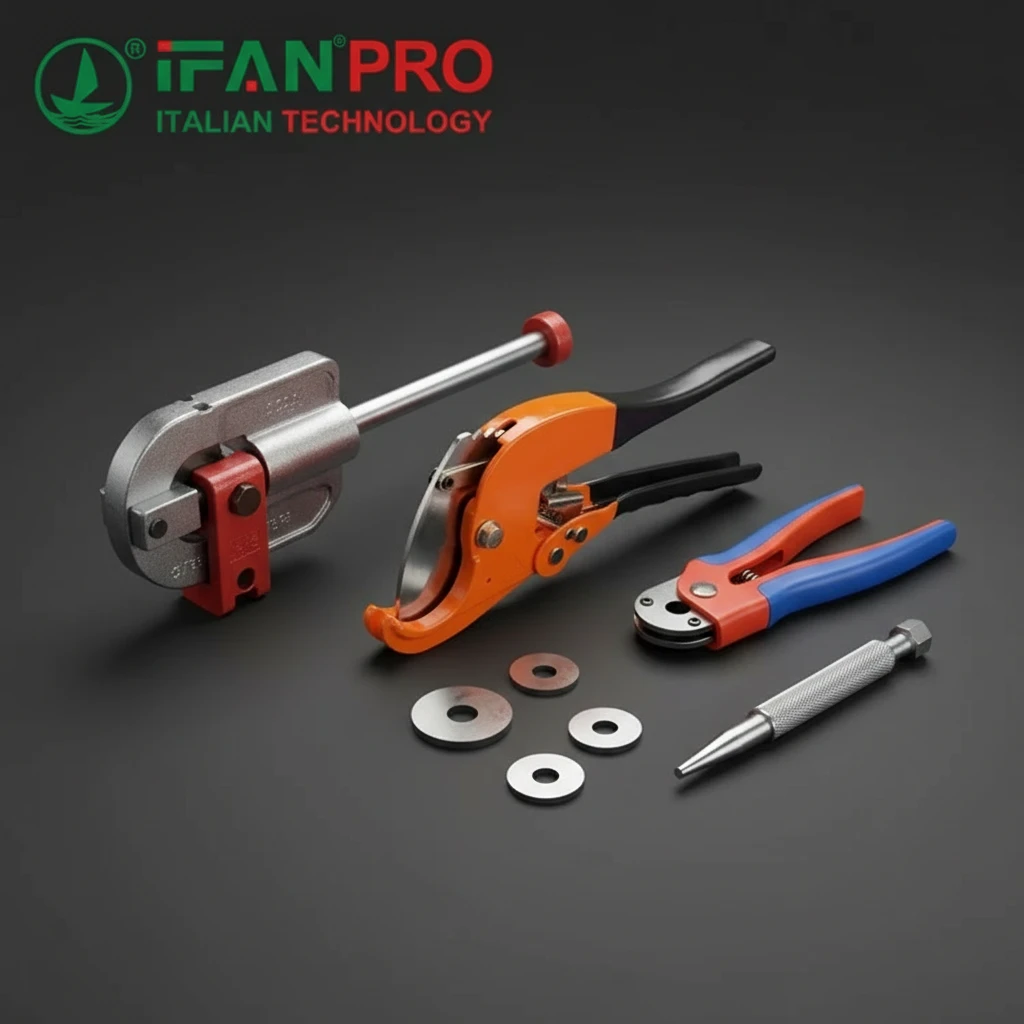

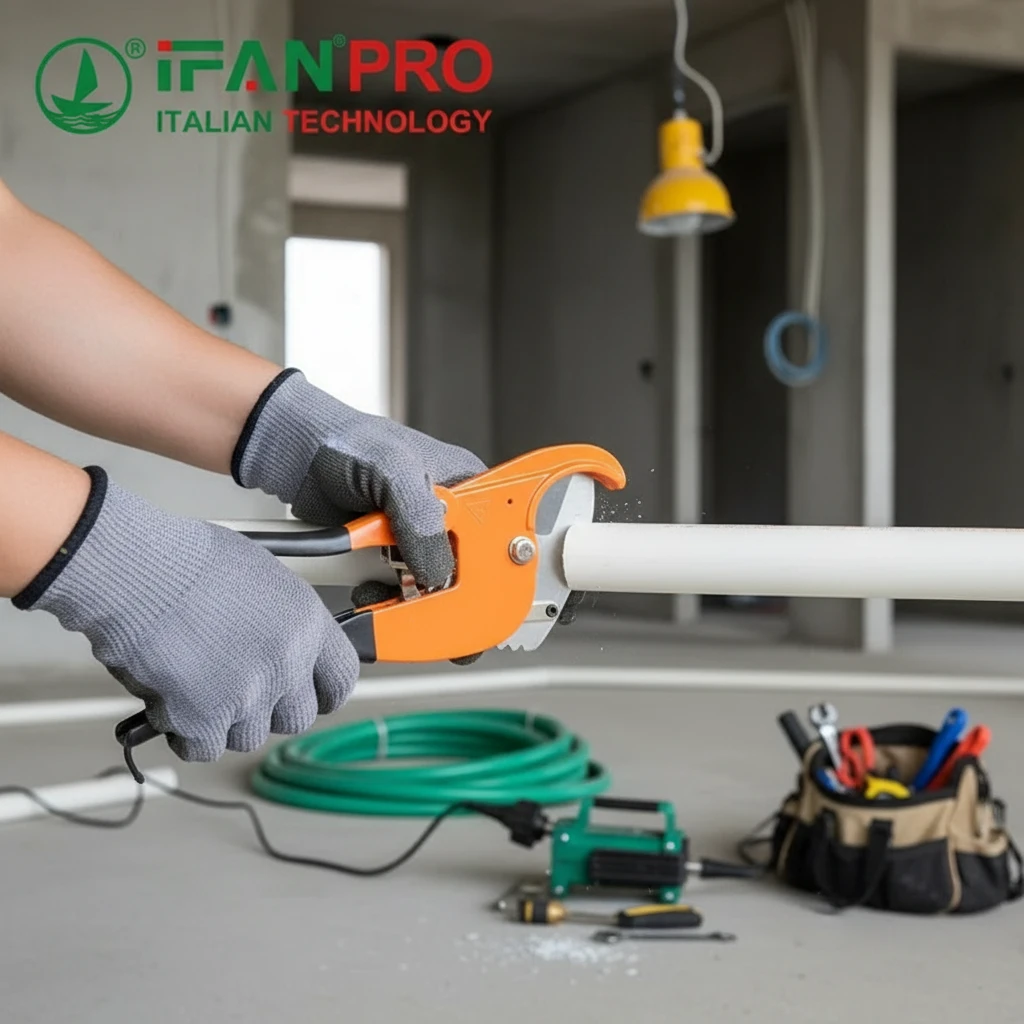
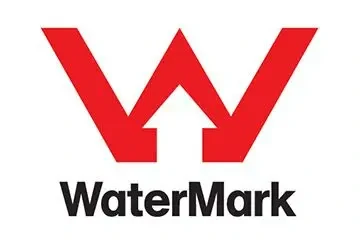

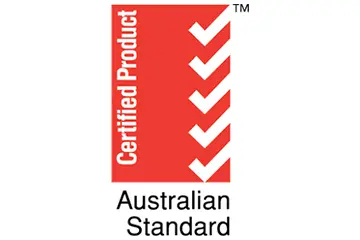
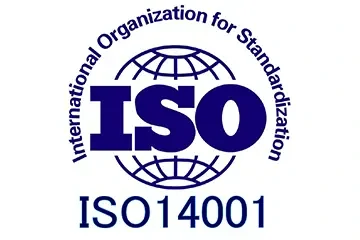



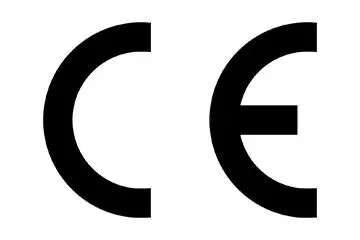
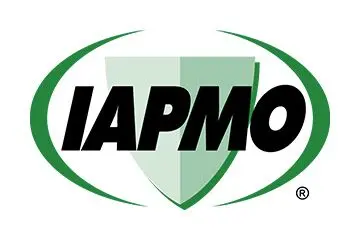
Recent Comments